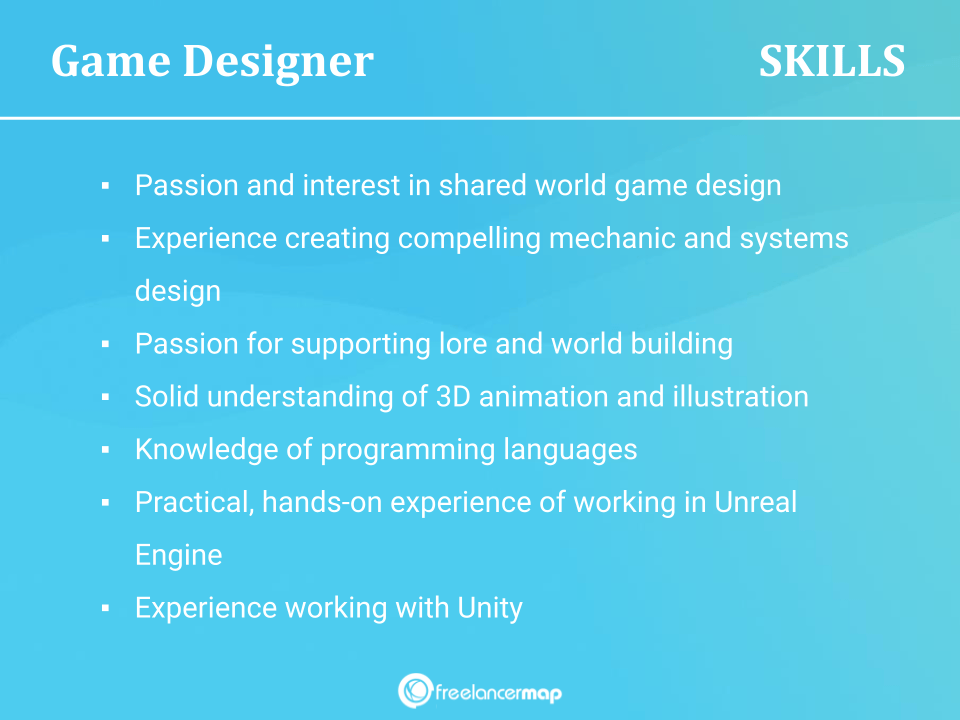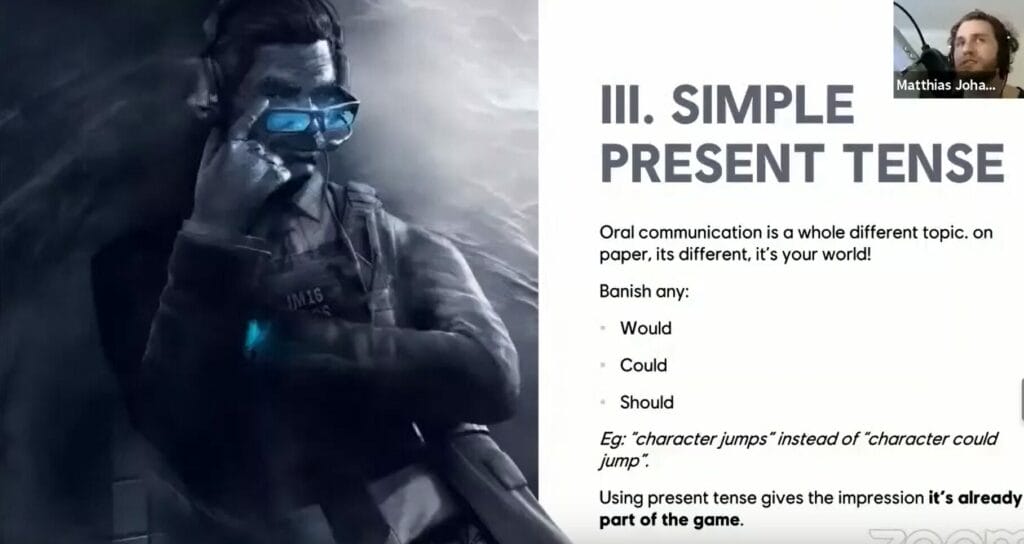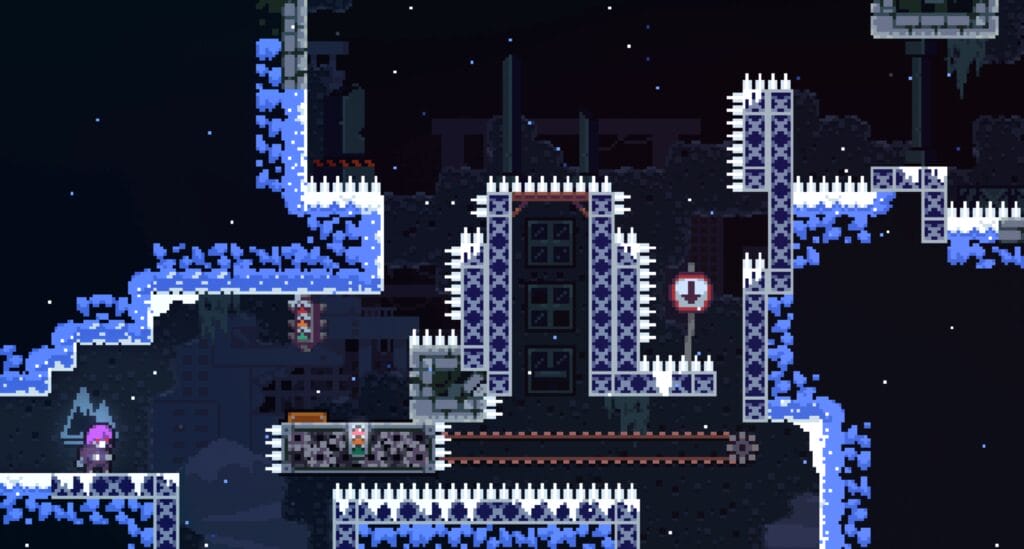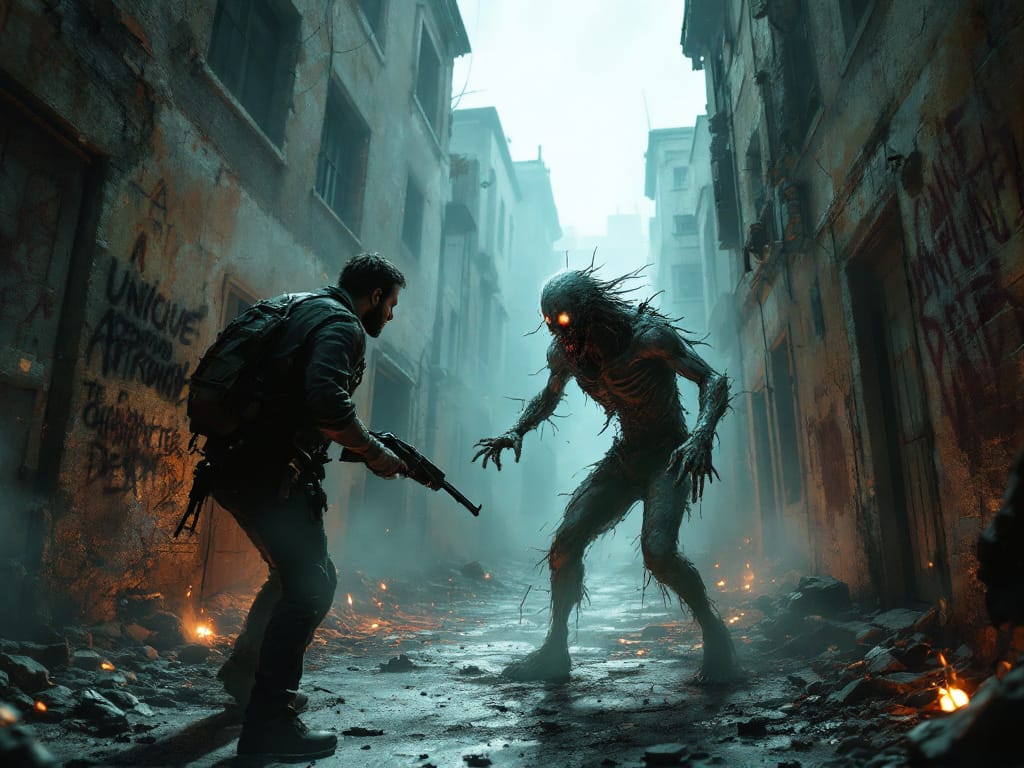Game design documents (GDDs) are a critical part of the game development process. A well-written GDD clearly communicates the game’s design and convinces stakeholders of its viability. This comprehensive article explores best practices for Making your GAME DESIGN DOCUMENTS clear and convincing.
This article is based on a great video we have discovered on YouTube with just a couple of views, but based on the depth of the matter we thought could give a great article. We strongly recommend subscribing to the author’s channel.
The video and our article covers:
- The role of GDDs in a designer’s toolkit
- Tips for writing clear, persuasive GDDs
- Structuring and formatting GDD content
- Managing iterations and improvements over time
- Conclusion and key takeaways
Mastering GDD creation enables designers to influence projects, align teams, and advance their careers. Let’s dive in.
Contents: Making your GAME DESIGN DOCUMENTS clear and convincing
Making your GAME DESIGN DOCUMENTS clear and convincing
Let’s start looking into it by understanding the Game Design Document or GDD.
The Role of GDDs
Game designers wear many hats and must balance a diverse set of responsibilities. However, their core capabilities that should be included in the designer’s toolbox generally center around three areas: design skills, prototyping skills, and communication skills. Mastering and integrating these three competencies is crucial for succeeding as a game designer.
Design skills cover the wide range of knowledge, methods, and analytical abilities needed to devise gameplay systems, mechanics, progression models, content pipelines, and other game elements. This includes having a solid grasp of principles across disciplines like game theory, level design, user experience, monetization, metrics-driven development, and more. Strong foundational design skills empower game designers to ideate innovative and holistic experiences.
Prototyping skills enable game designers to bring their ideas to life through tangible, interactive experiences. This entails technical proficiency with game engines, scripting tools, rapid development frameworks, and other hands-on prototyping approaches. Testing out design concepts via gray box simulations makes them concrete for stakeholders.
Communication skills allow game designers to clearly convey visions and solutions to their cross-disciplinary team. Game development brings together programmers, artists, producers, QA experts, and many other roles. Clear communication ensures everyone understands the game’s goals and how each piece fits into the big picture player experience.
Let’s explore why communication skills are so crucial, particularly regarding game design documents.

this can be further developed in the following elements.

The Designer’s Toolbox
To master game design, the game designer will have to control these core capabilities.
Design skills encompass the knowledge, methodologies, and analytical abilities needed to devise gameplay systems, mechanics, content pipelines, and other game elements. This includes understanding principles of game theory, level design, user experience, monetization, metrics-driven development, and more. Strong foundational design skills empower designers to ideate innovative and holistic experiences.
Prototyping skills enable designers to bring their ideas to life through playable interactions. This entails technical proficiency with game engines, scripting tools, rapid development frameworks, or other hands-on prototyping approaches. Testing concepts via gray box simulations makes designs tangible for stakeholders.
Communication skills allow designers to convey visions and solutions to their cross-disciplinary team. Game development brings together programmers, artists, producers, QA experts, and many other roles. Clear communication ensures everyone understands the game’s goals and how each piece fits into the big picture player experience.
Of these three competencies, communication is arguably the most essential skill for a game designer. Even the most creative ideas and robust prototypes have zero impact if a designer cannot effectively communicate them to the rest of the team. Game designers must excel at distilling complex systemic designs into digestible narratives, wireframes, presentations, and documentation.
You can read more about these capabilities on this other article on the game designer toolbox.
The Importance of GDDs
Within a designer’s communication toolkit, game design documents (GDDs) represent one of the most important mediums. GDDs comprehensively detail all aspects of a game’s design in written and visual documentation.
Developing outstanding GDDs takes practice, but pays immense dividends in a designer’s credibility, problem-solving ability, and career advancement. Here are some key reasons to focus on leveling up your GDD skills:
In essence, well-crafted GDDs enable game designers to lead projects effectively by establishing a thoroughly detailed creative vision. Let’s now dive into tactics and best practices for creating stellar GDDs.

Best Practices for Creating Clear, Convincing GDDs
Crafting compelling GDDs is an art and science. There are many structural considerations, writing techniques, and design principles that contribute to producing clear, focused documents that convince stakeholders.

Here are 5 key tips:
1. Justify with Intentions
All strong GDDs start by clearly stating the creative vision and design values guiding the project. These intentions provide crucial context on the game’s aspirations and sensibilities.
Intentions can take several forms:
Regardless of format, establishing clear intentions upfront grounds all subsequent GDD content in the project’s purpose.
With the intentions framed, the GDD should justify design choices and features by linking them back to supporting these goals. Summarize how your mechanics, progression system, and content align with the creative pillars. This transforms the GDD from a dry spec into a purpose-driven proposal.
Referring back to intentions also helps resolve disagreements and maintain alignment. If team members challenge an aspect of the design, you can bring the conversation back to how it fulfills the vision. This develops shared understanding by connecting individual contributions to big picture aspirations.

2. Tell a Story
GDDs often focus heavily on technical specifications, diagrams and spreadsheets. While this data is crucial, don’t forget to tell an engaging story around the gameplay experience. Transform your mechanics into an interactive narrative conveying the moment-to-moment journey and emotions of players.
A few ways to inject storytelling into your GDD:
This narrative approach makes dry design concepts come alive for readers. The goal is to capture the human experience of inhabiting your game world and make stakeholders feel the magic.

3. Take the “Woulds” Off
Game designers often hedge their language when presenting ideas, especially early in the process. They use qualifiers like “could”, “might”, “perhaps”, “potentially” etc. This hypothetical phrasing reflects the ambiguity and open-endedness of the creative process.
However, Game Design Documents demand more decisive language. They specify features that need to be built, not just possibilities to explore. Using authoritative language lends your design greater weight and tangibility.
Some tips:
- Eliminate weak phrases like “could be”, “maybe”, “possibility”.
- State everything directly. “The player jumps across the platforms” not “the player could potentially jump…”
- Use active tense and strong action verbs. “Launch”, “smash”, “blast”, not “interact with”.
- Be concise. Short, punchy sentences are powerful.
This assertive language gives readers confidence that your ideas aren’t just vague concepts, but deliberate choices ready for production. It shows deep conviction in your design.

4. Make Variations with Pros and Cons
Often design problems have multiple possible solutions, with complex tradeoffs to evaluate. When presenting options in your GDD, avoid simply listing ideas or just stating your preference. Rigorously break down the pros and cons of each variation.
For example, you could structure it as:
Variation 1: [Design Idea A]
Pros:
- [Reason 1]
- [Reason 2]
Cons:
- [Downside 1]
- [Downside 2]
Variation 2: [Design Idea B]
Pros:
- [Reason 1]
- [Reason 2]
Cons:
- [Downside 1]
- [Downside 2]
Visually organizing variations in this way demonstrates you have deeply analyzed the problem space from multiple angles. State your recommended solution, but show your work on the decision making process.
This builds confidence that you make rational decisions, listen to suggestions, and reach well-supported conclusions. Even if stakeholders disagree with your final call, they understand the rationale.

5. Moscow Prioritization
Game scopes often exceed available resources. As realities set in, tough decisions must be made on cutting features. GDDs can help preempt painful cuts by prioritizing ideas upfront into “must have”, “should have”, “could have” and “won’t have” buckets.
For example:
Must Have
- Core mechanics
- Basic progression
- Placeholder art
Should Have
- Social features
- Customization system
Could Have
- Daily challenges
- Leaderboards
Won’t Have
- PvP mode
- Companion apps
Rigorously filtering features based on importance clarifies the core essence of the game. Be utterly ruthless. If a feature doesn’t meaningfully contribute to the product vision or intended experience, it should be cut without hesitation. This requires confronting hard truths and letting go of concepts that seem fun but dilute the focus.
Beyond preserving project sanity, Moscow prioritization in your GDD also shows that you understand technical constraints and can adapt your vision to pragmatic needs. You care about shipping successfully as a team.
By distinguishing must-haves from nice-to-haves, you protect the irreducible heart of your design while giving flexibility on everything else. This pragmatic mindset earns respect from producers and engineers.
Structuring and Formatting GDDs
We’ve covered principles and techniques for writing compelling GDD content. Let’s now tackle best practices for organizing this information into professional documentation.
While GDD structure should be tailored to project needs, certain sections appear consistently:
Think of the GDD as a book, with each section being a chapter focusing on a specific aspect of the project. Maintain a consistent structure between documents to guide readers.
Within sections, use visuals to complement text and draw attention to key data:
Aim for clarity over completeness. Lead with strategic frameworks before diving into granular specs. Hyperlink related content so readers can seamlessly reference connected ideas.
Certain projects also benefit from interactive GDDs using tools like Confluence, Notion, Milanote, Nuclino, etc. This allows linking between pages and enables real-time collaboration.
Managing Iterations and Improvements
Game design is an iterative process. As projects evolve, GDDs must be updated to reflect new ideas, feedback and constraints. But constant changes can quickly turn documents into confusing patchworks.
Here are some strategies to maintain order:
Efficient workflows and infrastructure for managing iterations are crucial for sustainable GDD writing. Otherwise your documents will degrade into convoluted messes.
Conclusion and Key Takeaways
Creating stellar game design documents is a complex craft requiring strategic thinking, precise writing, and thorough organization. However, dedicating effort to honing this skillset pays immense dividends. GDD mastery enables designers to:
In summary, remember these key tips:
By grounding documents in project intentions, crafting compelling narratives, stating designs decisively, examining options, and prioritizing pragmatically, game designers can produce GDDs that influence development and unlock their full potential as creative leaders.
Thanks for reading! What strategies have helped you create better GDDs? Share your insights in the comments below. And be sure to visit our blog for more game design content. Let’s level up our documentation skills together!
Frequently Asked Questions on Writing Good Game Design Documents (GDDs)
What is the purpose of a GDD?
A GDD comprehensively documents a game’s design. It conveys the creative vision and provides specifics for implementation by the development team.
What should be included in a GDD?
Typical GDD sections: vision statement, feature overview, gameplay details, interface, art and visuals, audio, narrative, production plans, technical specs, etc.
How long should a GDD be?
GDD length depends on project complexity. Aim for clarity over completeness. Avoid overlong documents that lose focus. Iteratively add detail as the design evolves.
What makes for a compelling GDD?
- Clear intentions and pillars
- Engaging gameplay narratives
- Confident direct language
- Rational analysis of design options
- Ruthless prioritization and scoping
How should a GDD be formatted?
Use consistent structure, visuals like diagrams and wireframes, and tools like Confluence for living documents. Format for clarity and scannability.
How to manage GDD iterations?
Use version control, highlight changes in logs, prune obsolete content regularly, create templates and toolkits for efficiency.
What mistakes should be avoided in GDDs?
- Losing sight of core goals and intentions
- Getting bogged down in minutiae and specs
- Vague, passive language lacking confidence
- Presenting ideas without context and analysis
- Failing to prioritize and control scope
How can GDDs help a designer’s career?
Strong documentation abilities demonstrate attention to detail and communication skills valued by the game industry. Quality GDDs elevate a designer’s profile.





















